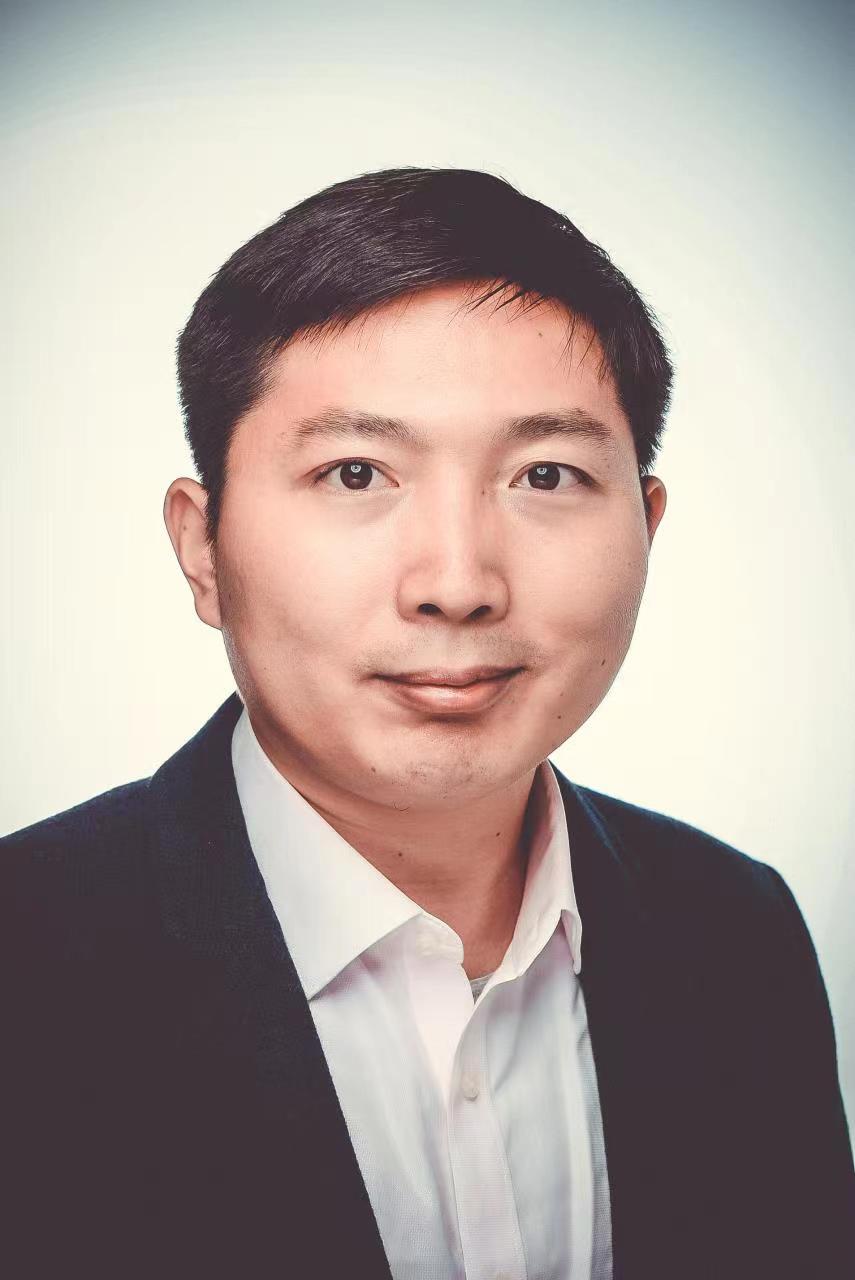
| 研究方向: | 海洋微生物腐蚀/微生物冶金 |
|---|---|
| 岗 位: | 研究员 |
| 部 门: | 海洋环境腐蚀与生物污损重点实验室 |
| 联系方式: | 0532-82898851 |
| 电子邮件: | ruiyong.zhang@qdio.ac.cn |
| 个人网页: |
| 德国杜伊斯堡-埃森大学理学博士,杜伊斯堡-埃森大学生物膜中心和德国联邦地球科学与自然资源研究所(BGR)博士后,2021年入选国家海外高层次青年人才项目。建立和完善了一套嗜酸热古菌的培养方法和生物膜原位观测及成分鉴定的凝集素标记分析技术,在嗜酸热古菌的硫化矿/元素硫腐蚀/浸出机制及深地高压、厌氧环境嗜酸微生物铁、硫代谢方面有创新研究成果。主持和参与了欧盟“地平线2020计划”(Horizon 2020)子课题、国家自然科学基金、德国原材料管理局(DERA)、中国科学院特别交流计划、德国科学基金(DFG)及德国联邦教研部(BMBF)等科研项目。发表SCI论文50余篇。兼任《Frontiers in Microbiology》副主编(Associate Editor),《中国有色金属学报》(中、英文版)、《中国腐蚀与防护学报》、《矿产保护与利用》、《Journal of Central South University》青年编委。
|
|
2002.09—2006.06,中南大学,工学学士 2006.09—2009.06,中南大学,理学硕士 2011.01—2015.12,德国杜伊斯堡-埃森大学,理学博士 |
|
2016.01—2016.07,德国杜伊斯堡-埃森大学生物膜中心,博士后 2016.08—2020.12,德国联邦地球科学与自然资源研究所,博士后 2020.12—至今,中国科学院海洋研究所,项目研究员、研究员 2021.01—至今,青岛海洋科学与技术试点国家实验室,研究员 2021.07—至今,中南大学,(兼职)教授 |
|
1.中国科学院特别交流计划-海水生物浸出金属矿渣研究。项目执行时间:2022-01至2023-12,主持 2.海洋微生物腐蚀,主持,中科院BR-B项目,2020-12至2025-12,主持 3.Exploring reaction mechanisms of dissimilatory ferric reduction-coupled sulfur oxidation (DIRSO) by acidophilic prokaryotes and its relevance for bioleaching and acid mine drainage formation,德国科学基金会,2019-01至2021-12,参与 4.Bioprocessing Options for Extraction of Valuable Metals from Mine Tailings in Chile,德国原材料管理局,2017-12至2020-12,主持 5.欧盟“地平线2020”计划BioMOre子课题,2016-08至2018-01,主持 6.生物浸出过程中胞外多聚物关键组分及其作用机理研究,国家自然科学基金委员会面上项目,2015-01至2018-12,参与 7.Biogenic sulfuric acid corrosion of cementitious material,德国弗劳恩霍夫应用研究促进协会/法国圣戈班/荷兰皇家壳牌,2014-12至2016-07,主持 8.Armenia Bioleaching Microorganisms,德国联邦教育与研究部,2013-08至2014-08,参与 |
|
1.Yanan Wang,Ruiyong Zhang*, Jizhou Duan, Xin Shi, Yimeng Zhang, Fang Guan, Wolfgang Sand and Baorong Hou. Extracellular polymeric substances and biocorrosion/biofouling: recent advances and future perspectives, International Journal of Molecular Sciences, 2022. 23(10), 5566. 2.Hongrui Chen,Duorui Zhang, Zhenyuan Nie, Jin-Lan Xia*, Qian Li,Ruiyong Zhang*, Hehao Yin, EvaPakostova. Reductive dissolution of jarosite by inorganic sulfur compounds catalyzed by Acidithiobacillus thiooxidans, Hydrometallurgy, 2022. 212(16), 105908. 3.Ruiyong Zhang, Axel Schippers*. Stirred-tank bioleaching of copper and cobalt from mine tailings in Chile, Minerals Engineering, 2022. 180, 107514. 4.Yimeng Zhang, Xiaofan Zhai, Fang Guan, Xucheng Dong, Jiawen Sun,Ruiyong Zhang*, Jizhou Duan, Binbin Zhang, Baorong Hou. Microbiologically influenced corrosion of steel in coastal surface seawater contaminated by crude oil, npj Materials Degradation, 2022. 6, 35. 5.Ruiyong Zhang,Jizhou Duan, Dake Xu, Jinlan Xia, Jesus A. Munoz, Wolfgang Sand, Editorial: Bioleaching and Biocorrosion: Advances in Interfacial Processes, Frontiers in Microbiology, 2022. 12, 653029. 6.Liting Xu, Fang Guan, Yan Ma,Ruiyong Zhang*, Yimeng Zhang, Xiaofan Zhai, Xucheng Dong, Yanan Wang, Jizhou Duan*, Baorong Hou. Inadequate dosing of THPS treatment increases microbially influenced corrosion of pipeline steel by inducing biofilm growth of Desulfovibrio hontreensis SY-21, Bioelectrochemistry, 2021. 145, 108048. 7.Ruiyong Zhang*, Sabrina Hedrich, Decai Jin, Anja Breuker, Axel Schippers*, Sulfobacillus harzensis sp. nov., an acidophilic bacterium inhabiting mine tailings from a polymetallic mine, International Journal of Systematic and Evolutionary Microbiology, 2021. 71(7), 004871. 8.DuoruiZhang, HongruiChen, Xiaojuan.Zhao, Jin-LanXia, ZhenyuanNie,RuiyongZhang, WenshengShu, EvaPakostova.Fe(II) bio-oxidation mediates red mud transformations to form Fe(III)/Al (hydr)oxide adsorbent for efficient As(V) removal under acidic conditions. Chemical Engineering Journal,2022.439,135753 9.DuoruiZhang, HongruiChen, Jin-LanXia, ZhenyuanNie,RuiyongZhang, Axel Schippers, WenshengShu, LixiongQian.Red mud regulates arsenic fate at acidic pH via regulating arsenopyrite bio-oxidation and S, Fe, Al, Si speciation transformation. Water Research,2021.203, 117539. 10.ZiyangZhou, S.Pourhashem,, ZhengquanWang, JizhouDuan,RuiyongZhang,BaorongHou. Distinctive roles of graphene oxide, ZnO quantum dots, and their nanohybrids in anti-corrosion and anti-fouling performance of waterborne epoxy coatings. Chemical Engineering Journal, 2022.439, 135765. |
 鲁公网安备37020202001323号
鲁公网安备37020202001323号 | 古镇口园区地址:青岛市西海岸新区海军路88号 南海路园区地址:青岛市市南区南海路7号 科考船码头基地:青岛市西海岸新区长江东路8号 |
邮编:266000 邮件:iocas@qdio.ac.cn 电话:0532-82898611 传真:0532-82898612 |
